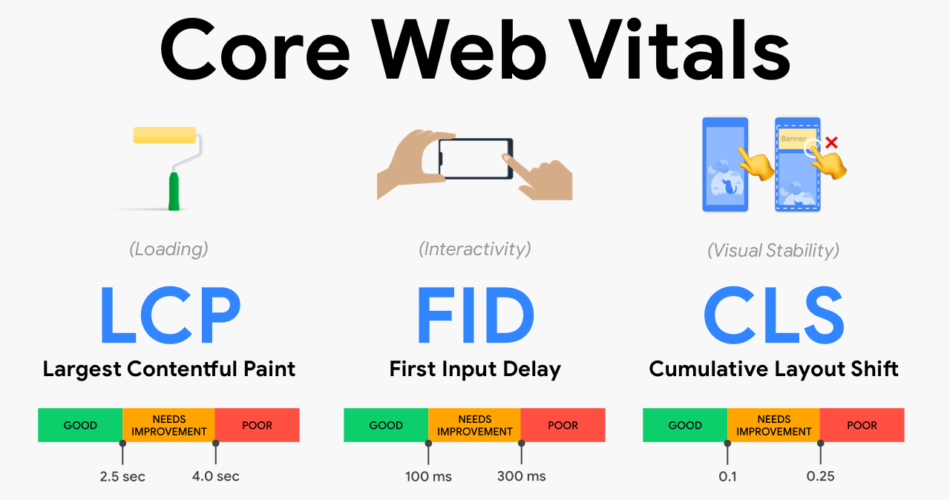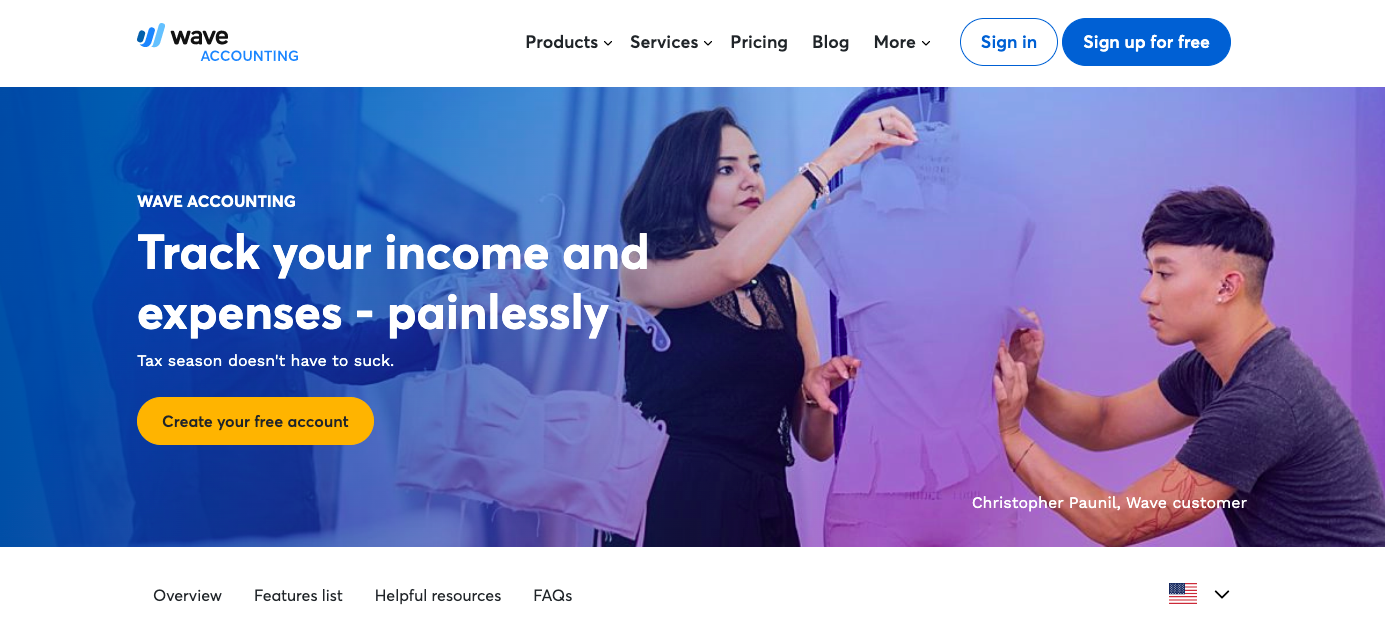What will SEO look like in 2022? And should B2B content marketers be concerned?
As we slowly roll out of the pandemic, we will most likely find that consumers will retain the new digital habits they’ve acquired since global lockdowns and work-from-home recommendations began. Given this, 2022 is not the year to ease up on your SEO — quite the opposite. Instead, you’ll likely be busy optimizing your SEO strategy, especially if you’re going to improve your search rankings and reach new customers organically.
—
Looking for an in-depth guide on how content can help you reach your SEO goals?

—
7 B2B SEO Trends to Watch in 2022
Are you ready to see what trends I predict will have a huge impact on the way we do B2B SEO in 2022? Keep reading to learn what they are and how you can tap into these trends to see positive SEO results.
1. Content will need to be optimized for search intent.
Over the past couple of years, we’ve seen how fast search has evolved and improved. One factor that’s made a huge impact on search rankings is BERT (bidirectional encoder representations from transformers) being used in all queries. Because of this, search queries are now better understood.
As voice searches have been consistently on the rise, this trend becomes even more important. The more users interact with search in conversational ways, the more we need to understand how they might begin their search in the first place.
Enter the need to optimize for keywords with search intent in mind: Is it transactional because the searcher is ready to make a purchase? Informational to learn more about their options? By knowing exactly what your audience is trying to get out of a given query, you can tailor your content to be the best fit for that search.
For example, let’s say you wanted to learn how to do keyword research. You might search the keyword “how to do keyword research.”
Tons of results will show up. One top result you see might be something along the lines of answering what keyword research is, not necessarily how to do it. This is an example of search intent and search results not matching.
But consider instead if you were served up the following page in search results:

(Source)
If your search intent was to learn how to do keyword research, then this blog post most likely matches what you were looking for. That’s an example of search results matching a user’s search intent. This is the kind of perfect match you always want to deliver.
When Google sees that your posts are precisely what your users need when they use search, you’ll ultimately be rewarded with higher rankings.
To make the most of this upcoming trend, before you create any kind of blog post, ask yourself what the search intent might be. Once you know what and why people might be searching for related to the topic at hand, it’ll be easier to optimize your content to meet these needs.
—
Want to learn how to do keyword research to strengthen your content marketing results?

—
2. Core Web Vitals will be a fundamental ranking factor.
As a refresher, the newest ranking factor that Google is prioritizing from 2021 and onward is Core Web Vitals. This is a collection of three metrics (we’ll discuss these in a bit) that will ultimately play a big role in deciding which sites and content deserve places higher in search results. Each of these metrics points to something Google has been trying to excel at since its inception: the user experience. To provide better search experiences and results for users, Google is helping sites that also prioritize their user experience by rewarding them with better rankings.

(Source)
These are the three Core Web Vitals metrics:
• Largest contentful paint (LCP): LCP refers to the time it takes to render the largest content element visible on the page, starting from when the user requests the URL. These large content elements often refer to videos and images, but they can also include large text blocks, too. LCP is important because it signals to readers that the link is loading. Google says an ideal LCP is 2.5 seconds or less.
• First input delay (FID): FID measures the time from when a user first interacts with your page (e.g., clicks a link, button, or interactive element) to when their browser responds to that interaction. A site's FID should be 100 milliseconds or less. This is one of the most important metrics for pages that prioritize interactive content.
• Cumulative layout shift (CLS): CLS refers to the number of unexpected layout shifts during the page loading phase. For instance, if a user has already been reading a page for several seconds and then suddenly the page shifts because of slow-loading elements, this can affect your CLS score. CLS is rated from 0 to 1, and an ideal measurement is less than 0.1.
If you haven’t already, coordinate with your developers to make sure your site design is optimized for each of these Core Web Vitals.
3. AI content tools and apps will continue to become more prevalent.
Gone are the days when every piece of the B2B SEO process made progress via manual labor. AI-powered tools and apps can now generate rankable content ideas for your website, create SEO-friendly outlines, and even copy itself to hasten the process.
While this certainly seems like it might make content marketing teams and agencies obsolete, I’d argue otherwise. AI tools for SEO and content writing will likely play a huge role in helping teams churn out content more quickly, as they can speed up the outlining and draft-writing stages of the content process. But they’re ultimately just a starting point for your content marketing teams or agencies. Content marketers are the ones who will ensure that the content shines and effectively speaks to the target audience and works toward company goals.
4. Google will be rewriting your titles.
If you spent any time last year following people in the SEO space, you might have heard about “Titlepocalypse,” a sudden Google title tag update that had SEOs and publishers scrambling to get their meta titles back. Google automatically updated thousands of posts’ titles in search after it seemed to think it could represent the content better.
Of course, it wasn’t surprising that many people weren’t happy with the change. While Google did reverse the move for now, the Google title tag update is still very much coming. This is all in line with Google’s commitment to make sure search is as seamless as possible for users.
5. MUM’s the word for audio and video content.
Earlier, I mentioned BERT, the natural language processing model that led to the major algorithm change to help search engines understand the meaning and intent behind users’ queries. Now, enter MUM: the Multitask Unified Model.
According to Google’s head of search, MUM is 1,000 times more powerful than BERT, as it can analyze text, images, and video to answer even complex search queries.
Where BERT could understand your intent, Google claims that MUM can understand even more: context, abstractions, feelings, etc. The goal is that users won’t need to perform multiple search queries to find the right keywords that get them the right answers.
For example, Google’s VP of search asks readers to imagine that they’ve hiked Mt. Adams and are looking to climb Mt. Fuji next. In a typical Google search to prepare for the next hike, the searcher might make a string of queries: one about the weather, one about the specific temperature, another about elevation, and maybe even another concerning whether their current boots are good enough for a different hike.
With MUM, the searcher might be able to skip all those subsequent searches and ask only one question like “I hiked Mt. Adams, and I want to hike Mt. Fuji next fall. What should I do differently to prepare?”
It might be some time before MUM goes live, but what we can glean from this massive update is that now might be the time to expand your content beyond blog posts. Consider content like audio and video to complement your existing content. This will help your content be more relevant for searchers looking for more comprehensive information.
6. Content EAT-ing will be the norm.
One thing that will always be true about SEO is that the best content will ultimately get you better rankings. For B2B SEO, in particular, if you’re not using the EAT framework for your content, you might be missing out.
EAT stands for expertise, authoritativeness, and trustworthiness — all things that Google looks for in content. All its algorithm updates also follow the EAT principle, meaning only content that is well-written and valuable will truly stand the test of time.
This doesn’t just apply to your blog posts, by the way. EAT can also be a ranking factor for your most important landing pages. So if your sales pages and homepage aren’t following the EAT framework, you might miss out on those valuable leads and potential customers.
For example, this page by Wave Accounting appears to be following the EAT framework.

(Source)
The page includes authoritative copy to help users understand how this software might help them, including trust signals like customers’ experiences and testimonials. It also shows that the company understands what users struggle with when looking for accounting software.
In your B2B SEO efforts, go the extra mile with your content. Always ask whether a given piece of content offers expertise, authoritativeness, and trustworthiness. Then, you can rest easy knowing that it’ll help you even through the biggest of algorithm changes.
7. Passage ranking will be on the rise.
There once was a time when everyone wanted to be the No. 1 search result for a chosen keyword phrase. Today, there’s a new spot everyone wants to claim: the passage ranking.
“Very specific searches can be the hardest to get right,” said Google, “since sometimes the single sentence that answers your question might be buried deep in a webpage. We’ve recently made a breakthrough in ranking and are now able to not just index web pages, but individual passages from the pages. By better understanding the relevancy of specific passages, not just the overall page, we can find that needle-in-a-haystack information you’re looking for.”
While this is a very new feature, I predict that getting your content to be featured as a passage ranking will take some time and attention on your part moving forward. You’ll want to make sure your paragraphs are passage-worthy, which might mean trying to predetermine what questions your audience will want answered and then writing content passages in a way that answers those questions. This might take practice, as you’ll need to figure out the best way to write blog paragraphs in succinct ways while still making sure your posts are coherent and have a seamless flow.
Things are looking to be exciting in the coming months, so as you flesh out your SEO strategy this year, keep all these trends in mind. Remember that the heart of SEO and rising through the ranks all boils down to how valuable your content is, so when in doubt, create great content first and then optimize later.
SEO is a vital component of any successful content marketing strategy. To dive deeper into how you can use SEO to strengthen your efforts, download your free guide below!













